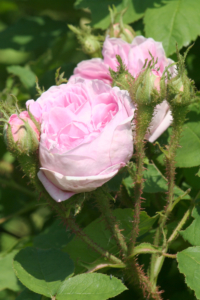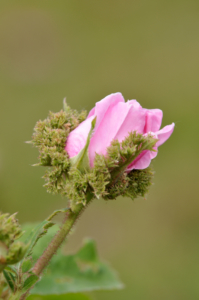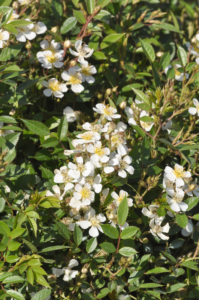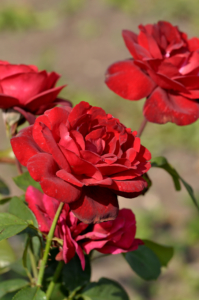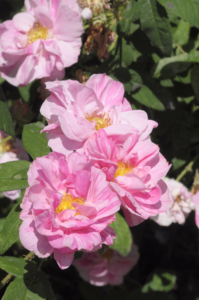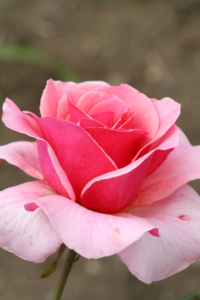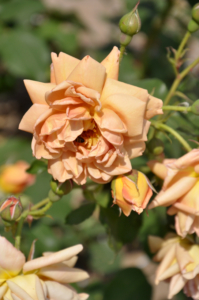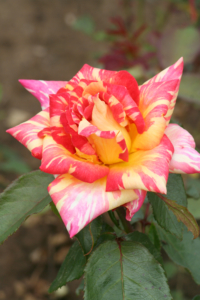The Botanical Garden Chotobuz was founded on the 1st January 1963. From its beginning, it has focused on collections for studying and expositional purposes, that register the development of breeding selected barren plants, their variability and the preservation of gene pools. Until 1990, the garden was closed to the public and was used only for gene pool reservation and research. In 1994, it was opened to the public as an architectural expositional garden (area of 3,5 hectares).There visitors can see expositions dedicated to individual families in a representative selection. Visitors can also see a selection of the most intruiging garden varieties of water lilies (Nymphaea). More info from Botanical garden
Plants collections in Botanical Garden
Plants collections in Botanical GardenCollection of Daylilies
An extensive collection of daylilies includes both the original botanical species, also grown as vegetables, as well as ornamental garden daylilies from historical to novel specimens.
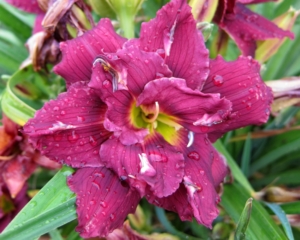
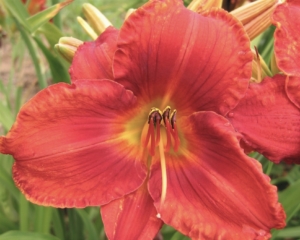
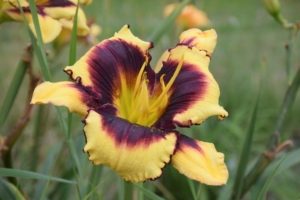
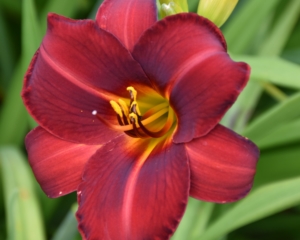
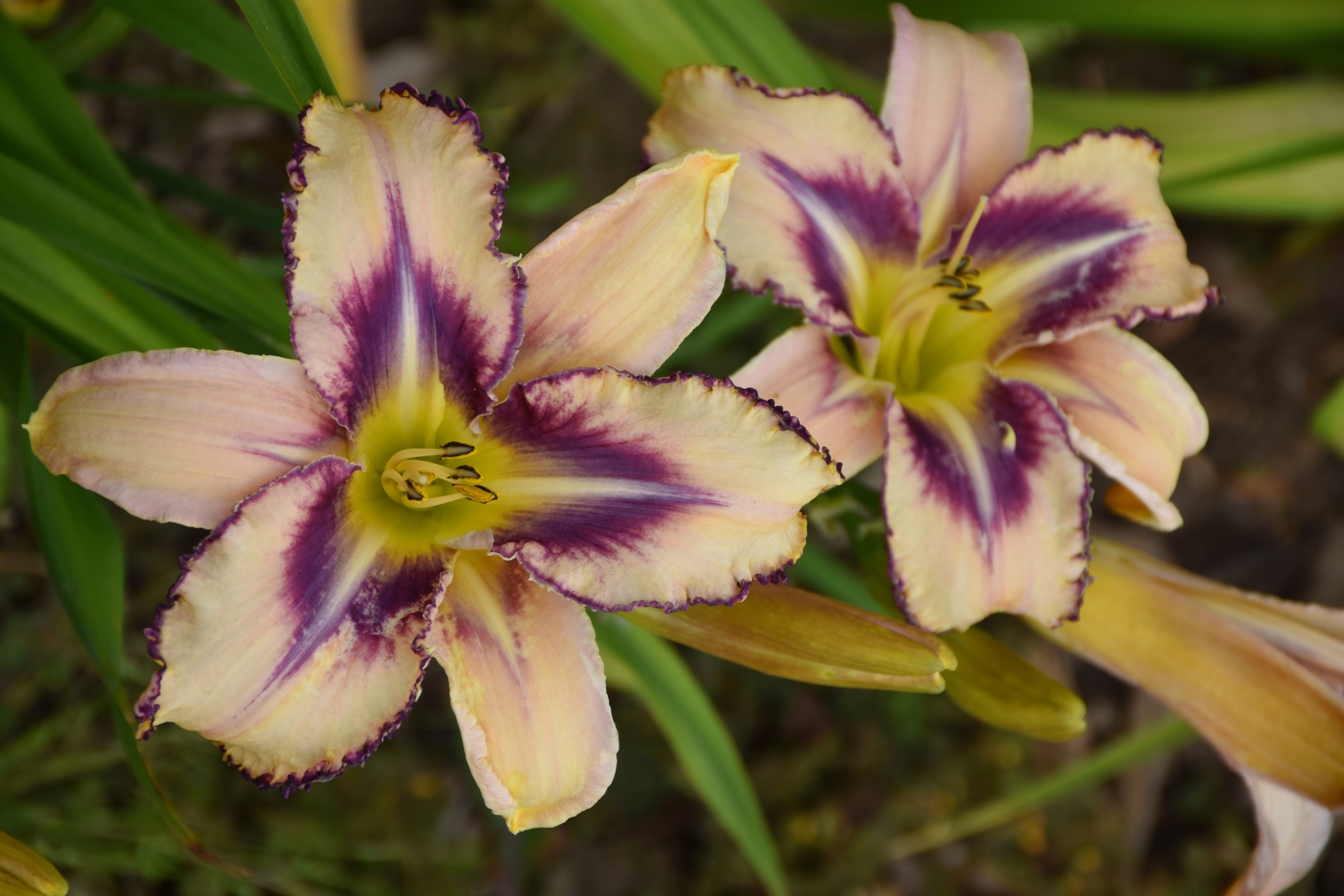
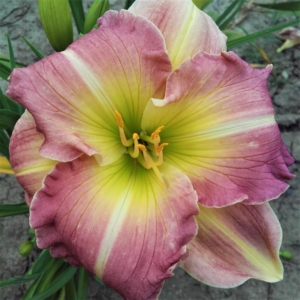

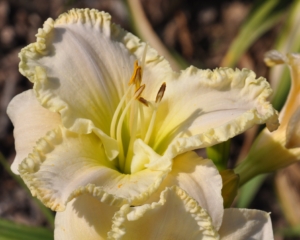
Collections of Irises
Irises are the most important part of the collection at the Průhonice Botanical Garden. The local collection is one of the four largest iris collections in the world and is part of the National Programme for the Conservation and Utilisation of Genetic Plant Resources and Agrobiodiversity. It consists mainly of bearded irises, but visitors can also see garden varieties of Siberian irises, yellow-purple irises, Kaempfer irises, and interesting botanical species of irises.
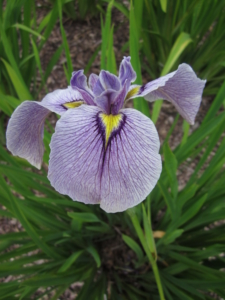
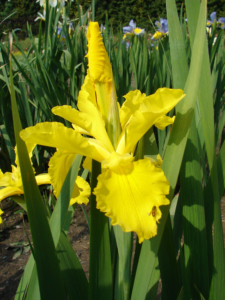
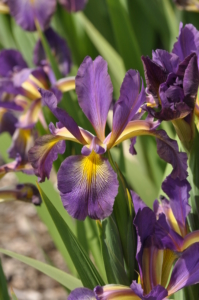
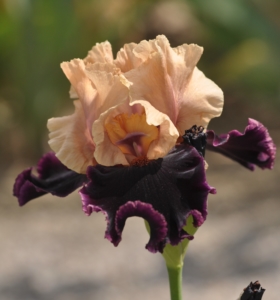
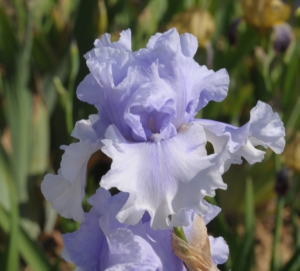
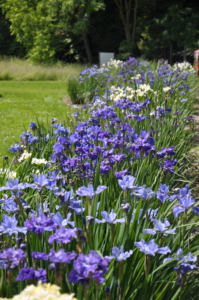
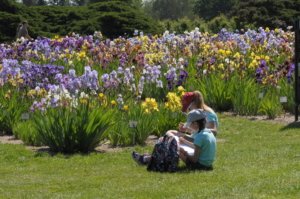
Collection of Peonies
The collection of peonies in the Průhonice Botanical Garden is made up of original botanical species, valuable historical varieties, and hybrids of herbaceous peonies.
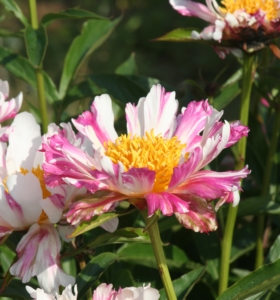
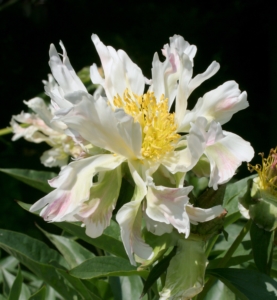
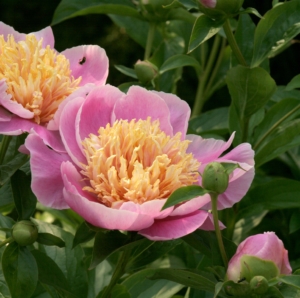
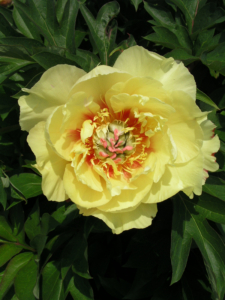
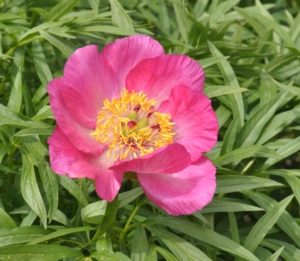
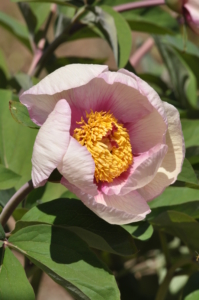
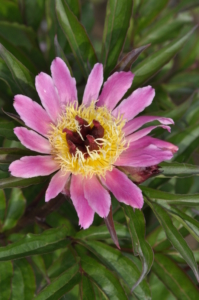
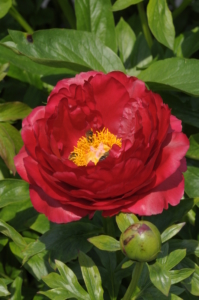
Collection of Rhododendrons
valuable historical varieties, and hybrids of herbaceous peonies. The impressive collection of rhododendrons continues the Průhonice Park tradition. It encompasses most cultivated groups of rhododendrons – deciduous and semi-deciduous azaleas and large-leaved evergreen rhododendrons. The exhibition is complemented by plants from the heath family (Ericaceae).
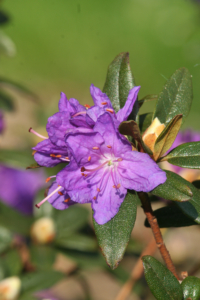
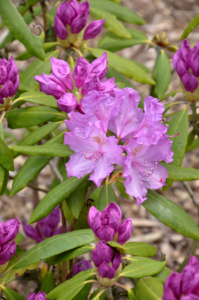
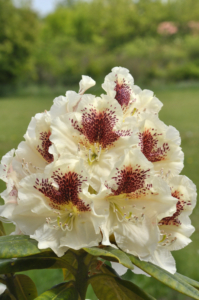
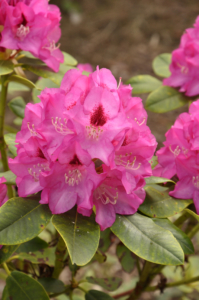
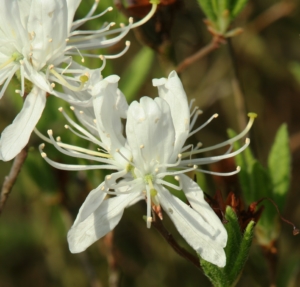

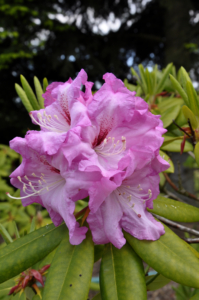
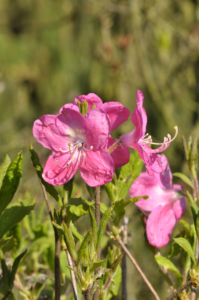
Collection of Roses
The collection of garden roses is the second largest such collection in the Czech Republic. Various exhibition beds house historical, climbing, and shrub roses, along with a rich collection of polyanthus, hybrid tea, and miniature roses. The collection is gradually being complemented with botanical roses, which are part of the arboretum.
